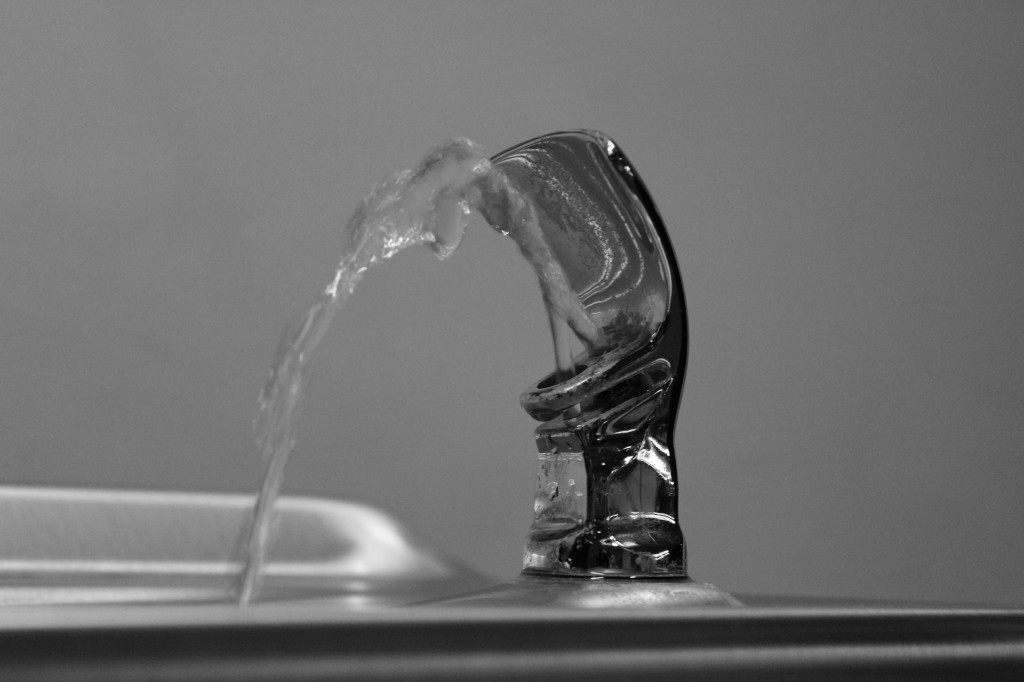

Photo Credit / Rebecca Jasulevicz
BY SCOTT BRADLEY
When industry discusses the development of resources, it most often means that it is going to drill or mine for oil or coal.
Resources seem to mean energy supplies, petrochemicals, pesticides, herbicides, or fertilizers.
Our most important resource is water, yet we tend to overlook it.
Here in East Stroudsburg water is managed by the Borough, which delivers water to a population of more than 14,000, including those at East Stroudsburg University.
Operating for more than 100 years as a public water system, East Stroudsburg draws mostly from surface water, supplemented by two wells drilled in the 1960’s to meet demand in the summer months.
A reservoir system, dating back to the 1930s holds more than 300-million gallons of fresh, untreated water, which is then gravity piped and chlorinated on its way to town for use.
Michaels Creek, Brodhead Creek, and the Sambo Creek all provide water for our use.
Though these streams may seem beautiful and the water is sand filtered before passing on to the end user, there have been problems too.
Industry in the area developed around those streams and drew water to support their needs, power their systems, and flush away their trash.
Though regulations improved, industrial consumers continued to draw from the creeks, and later through the water authority, to meet their needs.
However, the chemicals and waste shed from their processes were often discharged into these same waterways.
Our industrial base through the 1990s included Pennsylvania Power & Light, Union Gas, and smaller textile manufacturing and dying operations, as well as carbon processors and manufacturers of industrial strength cleansers and chemical solutions.
These have been the focus of several EPA clean-up operations in Monroe County, the most critical of which focused on the Brodhead Creek Superfund Site for the clean-up of ground water contamination of free coal tar found in surface and subsurface soils and in the ground water.
Both shallow and deep (bedrock) aquifers have been monitored, and while the shallow groundwater was found to have polynuclear aromatic hydrocarbons (PAHS), benzene, and arsenic contaminants, no contaminants of concern were found in the deep aquifer.
Surface water, our primary water source at ESU, tends to exhibit less contamination than ground water.
This is because the water is flowing and contaminants in these systems normally settle to the streambed or reservoir floor, rather than remaining suspended, and are designated as non-threatening unless stirred up.
The future of our regional water, however, is in question, as it is for water sources throughout the United States.
The Great Lakes are loosing water at alarming rates due to less flow from the Canadian North.
Climate change has diverted weather patterns and droughts are in full force, encompassing entire regions…regions like Texas and Oklahoma, and now California.
Lack of snow in the western states will leave them without spring runoff again this year, while heavy snows in the northeastern states will overflow their river banks.
Globally, nationally, and regionally, water is the future.
There is less and less of it to use for consumption and farming, and industry is demanding more, so much so that rivers in Asia and Africa are running dry.
The threat is just as real here in the United States, and Sustainability demands that we act now in order to avert a catastrophe in the decades and centuries ahead.
Every industry needs to understand how it is using water in its processes and all of us need to draw back on our usage.
It is, after all, the most important resource.
Email Scott at:
skb209@embarqmail.com

